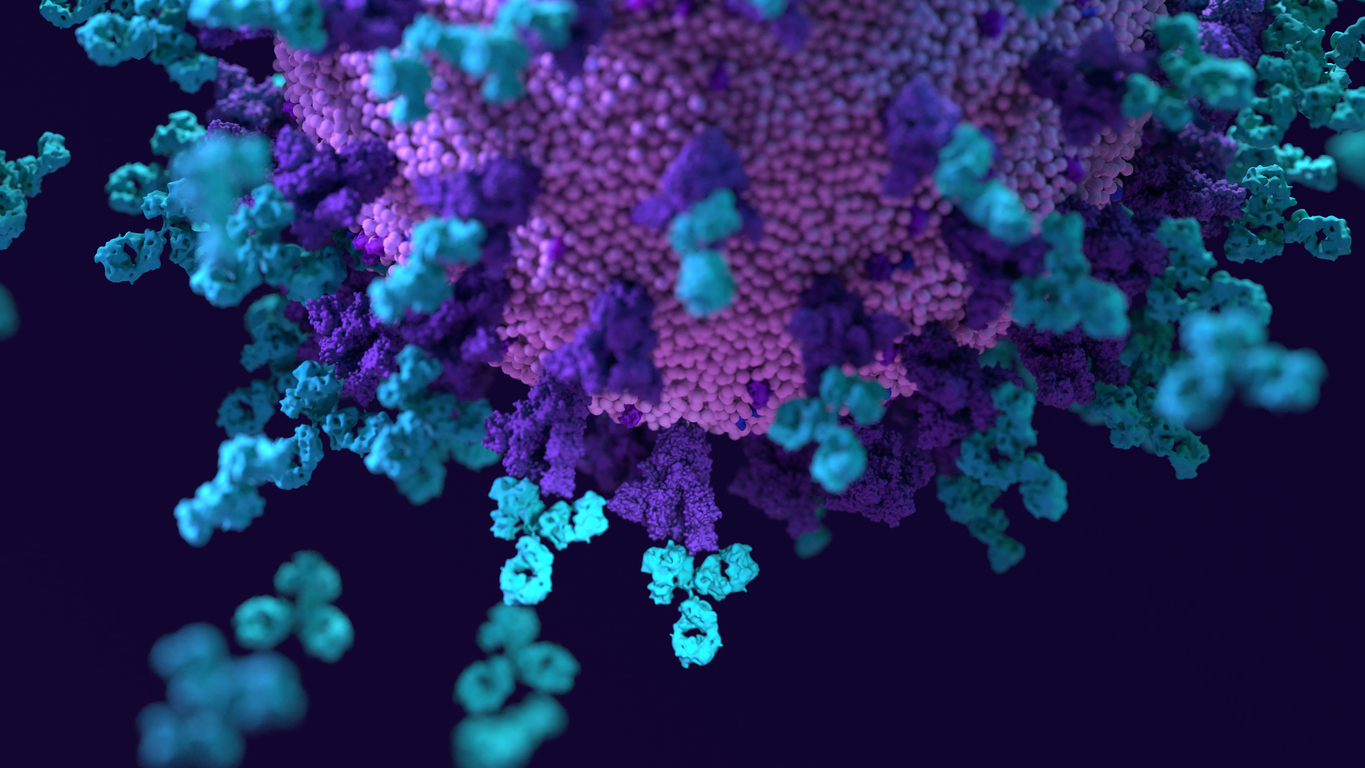Anti-FluorTag Antibodies Conquer Challenges of Flow Cytometry to IHC Transition
Fluorescently tagged primary antibodies in flow cytometry applications can be reused in immunohistochemistry (IHC) protocols with the help of KPL anti-FluorTag antibodies. These antibodies are explicitly designed for IHC applications, offering a permanent record and an option when tissue autofluorescence is an issue or higher IHC sensitivity is needed.
Flow cytometry effectively determines which cells express a given protein at a given level. Still, it provides no information about where those cells are in relation to one another. Flow cytometry fluorophores are not well suited for microscopy applications because of rapid photobleaching and the required custom filter sets. Microscopy-based IHC techniques are frequently needed for that.
Advantages of moving to IHC
With a fluorescence microscope, the right filter sets and cameras can detect FITC-, PE-, APC- and PerCP-labeled antibodies. But, standard DAPI/FITC/Texas Red filter sets are not ideal for PE, APC, and PerCP due to the fading issue.
New primary antibodies with fluorescent tags are suitable for fluorescence microscopy, but they present other issues -- background fluorescence and the need for a camera to detect near-infrared light. Immunohistochemistry eliminates both problems and photobleaching.
Benefits of anti-FluorTag antibodies
All anti-FluorTag antibodies are polyclonal and offer three significant benefits:
- They detect fluorescent proteins from many suppliers
- They detect tandem dyes and modified proteins and recognize many different epitopes
- They can bind to a given molecule simultaneously, while monoclonal antibodies are limited to the number of repeating epitopes and subunits
A potential problem with polyclonal antibodies is a need for more specificity. Anti-FluorTag antibodies are shown to have high sensitivity and specificity. They are affinity-purified, so they bind to a specific fluorescent tag and exhibit minimal cross-reactivity.
Many primary antibodies from flow cytometry can be reused in immunohistochemistry with anti-FluorTag antibodies. If the epitopes are preserved in sections, anti-FluorTag antibodies can detect tags commonly found on antibodies in flow cytometry. The HRP and AP conjugates of the anti-FluorTag antibodies allow dual-color staining and work well with chromogenic stains for permanent IHC.
Take a closer look
Our latest white paper, Anti-FluorTag Antibodies Enable Immunohistochemistry with Flow Cytometry Antibodies, provides in-depth information about Anti-FluorTag antibodies and presents comparative slides and process details that look at:
- Fluorescence microscopy versus immunohistochemistry sensitivity
- Conserved phycoerythrin structure using a stereo image of R-PE based on the 1B8D crystal structure
- Specificity of anti-FluorTag antibodies using unlabeled or FITC-, PE-, APC- or PerCP-labeled mouse IgG1κ (1 μg/mL) or BSA (control)
- Fluorescence versus brightfield using dual color stain with HRP and AP conjugates
The document includes a detailed adaptable base protocol for performing a dual stain with the anti-FluorTag antibodies. In immunohistochemistry, a dual stain visualizes the presence of more than one molecule or cell at the same time. Anti-FluorTag antibodies are well suited for this. AP and HRP conjugates are available for each antibody, so both can be added simultaneously and are derived from the same species (goat).
IHC helps us better understand the location of targets studied in flow cytometry. Moving from flow cytometry to IHC can be challenging since flow cytometry fluorescent tags are not ideal for IHC. Anti-FluorTag antibodies make the switch easier. Find out how.
Read the white paper now by clicking here, or on the button below.
Our complete line of products includes HRP-labeled antibodies, ReserveAP-labeled antibodies, unlabeled antibodies, substrates, and related reagents. [link to product list or include here?]



